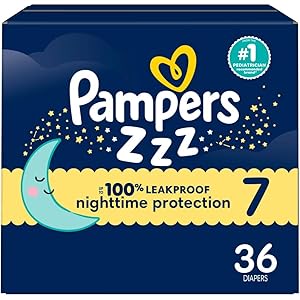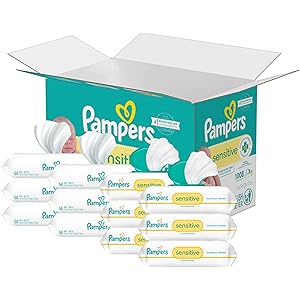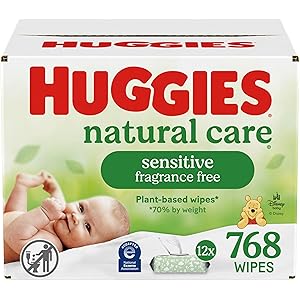Pampers Sensitive Baby Wipes, Water Based, Hypoallergenic and Unscented, 8 Flip-Top Packs, 4 Refill Packs (1008 Wipes Total)
$33.99 (as of October 25, 2025 00:05 GMT +00:00 - More infoProduct prices and availability are accurate as of the date/time indicated and are subject to change. Any price and availability information displayed on [relevant Amazon Site(s), as applicable] at the time of purchase will apply to the purchase of this product.)Understanding the Umbilical Cord
The umbilical cord is a vital structure that connects a developing fetus to the placenta, providing essential nutrients and oxygen while removing waste products. This flexible, tube-like structure typically measures about 50 to 60 centimeters in length and is composed of two arteries and one vein, all encased in a protective gel known as Wharton’s jelly. The umbilical cord plays a crucial role in fetal development, ensuring that the baby receives the necessary resources for growth and health throughout pregnancy.
Structure of the Umbilical Cord
The umbilical cord consists of three main components: one vein and two arteries. The vein carries oxygen-rich blood from the placenta to the fetus, while the arteries transport deoxygenated blood and waste products back to the placenta. The unique composition of the umbilical cord, particularly the presence of Wharton’s jelly, helps protect these vessels from compression and damage, ensuring a steady flow of blood and nutrients during pregnancy.
Function of the Umbilical Cord
The primary function of the umbilical cord is to facilitate the exchange of nutrients, gases, and waste between the mother and the fetus. This exchange is crucial for the fetus’s growth and development, as it relies entirely on the mother for sustenance. The umbilical cord also plays a role in hormone production, which helps regulate various aspects of pregnancy, including the development of the fetal organs and systems.
Umbilical Cord Development
The formation of the umbilical cord begins early in pregnancy, typically around the fifth week of gestation. As the embryo develops, the umbilical cord grows alongside it, becoming increasingly complex. By the end of the first trimester, the umbilical cord is fully formed and functional, providing the fetus with the necessary support for continued growth and development throughout the remainder of the pregnancy.
Umbilical Cord Issues
While the umbilical cord is generally a robust structure, various complications can arise during pregnancy. Issues such as umbilical cord knots, cord prolapse, or a short cord can pose risks to both the mother and the fetus. These complications may lead to reduced blood flow, fetal distress, or even stillbirth in severe cases. Regular prenatal care and monitoring can help identify potential issues early on, allowing for timely intervention.
Umbilical Cord Blood
Umbilical cord blood is the blood that remains in the umbilical cord and placenta following childbirth. This blood is rich in stem cells, which have the potential to treat various medical conditions, including certain cancers and blood disorders. Many parents choose to bank their baby’s umbilical cord blood for future medical use, providing a valuable resource for potential treatments.
Cutting the Umbilical Cord
The process of cutting the umbilical cord typically occurs shortly after birth. This procedure is often performed by the healthcare provider, who will clamp the cord in two places and cut between the clamps. This moment marks the baby’s transition from reliance on the placenta to independent life. Delayed cord clamping, which allows for additional blood transfer from the cord to the baby, has gained popularity for its potential health benefits.
Umbilical Cord Care
After birth, proper care of the umbilical cord stump is essential to prevent infection and promote healing. Parents are advised to keep the stump clean and dry, avoiding submerging it in water until it falls off naturally, which typically occurs within one to three weeks. Monitoring for any signs of infection, such as redness, swelling, or discharge, is crucial during this healing period.
Umbilical Cord and Pregnancy Health
The health of the umbilical cord is closely linked to the overall health of the pregnancy. Factors such as maternal nutrition, lifestyle choices, and prenatal care can significantly impact the condition of the umbilical cord and, consequently, the well-being of the fetus. Ensuring a healthy pregnancy through balanced nutrition, regular check-ups, and avoiding harmful substances can help support a healthy umbilical cord and fetal development.
Conclusion on Umbilical Cord Importance
In summary, the umbilical cord is an essential component of pregnancy, serving as the lifeline between mother and fetus. Its structure and function are critical for ensuring proper fetal development and health. Understanding the significance of the umbilical cord can empower expectant parents to make informed decisions regarding prenatal care and childbirth.



